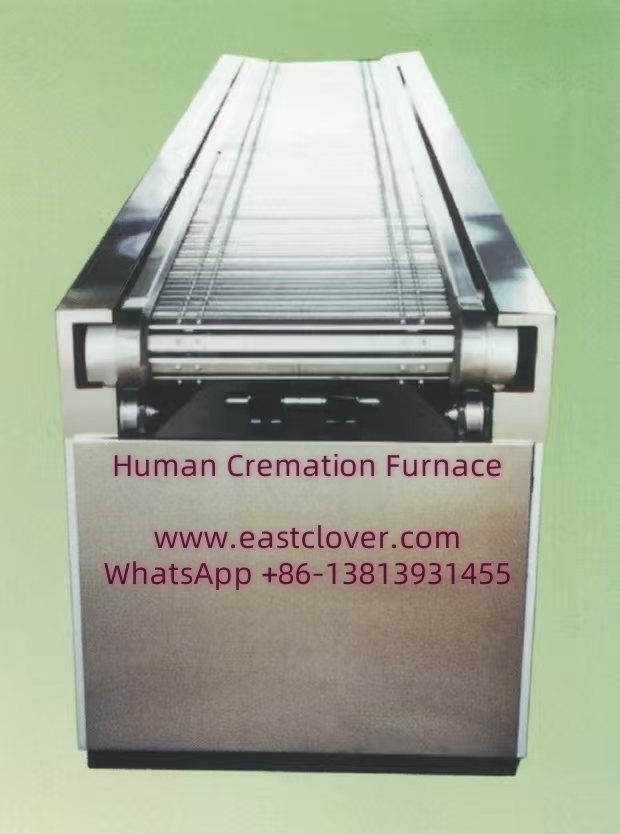Introduction
In many African nations, healthcare systems are increasingly adopting modern medical waste management solutions to address public health and environmental concerns. Among these solutions, cremation furnaces have emerged as a pivotal technology for safely disposing of hazardous medical waste, including human remains. However, the introduction of such systems intersects with deeply rooted cultural and spiritual beliefs about death, burial practices, and the sanctity of the body. This news explores the role of cremation furnaces in African hospitals, the challenges of balancing technological innovation with cultural values, and pathways to harmonizing these priorities.
The Need for Modern Medical Waste Management
Healthcare facilities in Africa generate significant volumes of biomedical waste, including sharp objects, contaminated materials, and anatomical waste. Improper disposal poses risks of infection, environmental pollution, and disease outbreaks. Cremation furnaces—also known as biomedical incinerators—are designed to eliminate these hazards by combusting waste at temperatures exceeding 800°C, ensuring pathogens are destroyed and reducing waste volume by up to 90%.
Adoption in African Hospitals
Countries such as South Africa, Kenya, and Nigeria have increasingly integrated cremation furnaces into hospital infrastructure. These systems are particularly critical in urban centers with limited landfill space and high patient turnover. For instance, in response to the COVID-19 pandemic, several hospitals adopted cremation to manage the surge in fatalities safely.
Advantages Over Traditional Methods
- Efficiency: Faster processing compared to burial or open-air burning.
- Safety: Minimizes direct handling of infectious materials.
- Environmental Protection: Advanced filters reduce toxic emissions like dioxins.
Cultural Considerations in Death Care
In many African cultures, burial rituals are sacred, with practices emphasizing the physical presence of the deceased. For example:
- Ancestral Veneration: Communities such as the Zulu in Southern Africa and the Yoruba in West Africa believe proper burial ensures the deceased’s peaceful transition to the ancestral realm.
- Communal Practices: Funerals often involve extended family and rituals like washing the body, which cremation may disrupt.
- Religious Beliefs: Islam and Christianity, widely practiced in Africa, traditionally favor burial over cremation.
These cultural norms can create resistance to hospital-based cremation, perceived as impersonal or disrespectful to the dead.
Bridging Technology and Tradition
To address these tensions, hospitals and policymakers are adopting nuanced strategies:
Community Engagement
In Ghana, public health campaigns have educated communities on the safety benefits of cremation during disease outbreaks, while respecting traditional rites. Families are often allowed to perform symbolic rituals before cremation.
Hybrid Systems
Some facilities, like Kenya’s Kenyatta National Hospital, offer “green cremation” (alkaline hydrolysis) as an alternative. This method uses water and chemicals to break down remains, producing ash that can be buried according to cultural practices.
Policy Frameworks
Rwanda’s 2020 Medical Waste Guidelines mandate cremation for hazardous waste but exempt culturally sensitive materials. Local leaders are consulted to tailor protocols to regional values.
Challenges and Future Directions
- Cost: High-end furnaces can exceed $100,000, unaffordable for many rural hospitals.
- Infrastructure: Erratic electricity supply in regions like South Sudan limits reliance on electric cremators.
- Perception: Misconceptions about cremation “trapping the soul” persist in rural areas.
Innovations like solar-powered cremators and partnerships with NGOs aim to overcome these barriers. For example, Uganda’s “EcoBurn” initiative uses locally fabricated, low-emission furnaces fueled by agricultural waste.
www.southclover.com
The adoption of cremation furnaces in African hospitals represents a critical step toward sustainable healthcare waste management. However, its success hinges on culturally sensitive implementation that respects diverse traditions. By integrating community input, leveraging adaptable technologies, and fostering dialogue, African nations can strike a balance between safeguarding public health and honoring cultural heritage.
FAQs
Which African countries use cremation furnaces most widely?
South Africa, Kenya, and Nigeria lead in adoption, particularly in urban hospitals. Rwanda and Ghana have also expanded use during health crises.
How do communities opposed to cremation manage medical waste?
Alternatives include deep burial in sealed containers or chemical disinfection. However, these methods are less effective for high-risk waste.
Is cremation accepted in Islamic communities?
Most Islamic scholars prohibit cremation except in emergencies. In Mali and Senegal, Muslim-majority regions use cremation only for anonymized or unclaimed bodies.
Are cremation ashes considered culturally appropriate?
In some cultures, ashes can be interred in family plots or sacred sites. For others, the lack of a physical body remains contentious.
What role do governments play in promoting cremation?
Subsidies, awareness programs, and collaborations with traditional leaders are key. Tanzania, for instance, waives cremation fees for low-income families during outbreaks.

Comments are closed